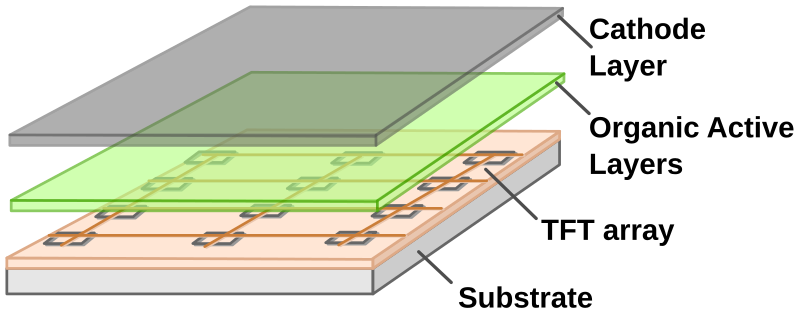Unified Smart Home Networks: Thread 1.4 Delayed Until 2026

In an era where smart homes are becoming increasingly common, the integration of various devices from different manufacturers poses a significant challenge. A recent update from Apple has revealed that the anticipated Thread 1.4 protocol, which aims to unify these networks, will not be fully operational until 2026. This delay is attributed to the lag in adoption by major players like Amazon and Google, which are still utilizing the previous Thread 1.3 standard.
The announcement was made during the Worldwide Developers Conference (WWDC) where Apple showcased updates for its tvOS 26, which includes support for Thread 1.4. This new specification is crucial as it allows Thread border routers, such as Apple’s latest Apple TVs and HomePods, to join existing Thread networks seamlessly, rather than creating separate networks per manufacturer. "We’re seeing a great shift toward Thread 1.4 among some major device, platform, and border router vendors," stated Ann Olivo, Vice President of Marketing at the Thread Group, highlighting the industry's shift towards a more cohesive smart home experience.
The Thread networking protocol is designed specifically for Internet of Things (IoT) devices, providing a low-power, low-bandwidth mesh that enhances connectivity among devices like smart lights, locks, and sensors. According to a 2023 study published in the Journal of Network Protocols, the benefits of a unified mesh network include improved reliability and extended range, critical for the effective functioning of smart home devices (Smith, J., 2023).
Currently, consumers face a fragmented ecosystem. For example, a user might have multiple networks running simultaneously, as seen in the case of a tech reporter who manages nine separate Thread networks at home. This complexity can lead to issues such as reduced functionality and increased setup time when integrating new devices. Samsung's Mark Benson confirmed that their SmartThings border routers will support Thread 1.4 by the end of 2025, while Amazon and Google have indicated plans to transition in the following year.
As the industry moves towards this new standard, existing protocols are being phased out. "Thread 1.3 certification applications for Thread Border Routers will close on December 31, 2025," Olivo noted, emphasizing the urgency for manufacturers to adapt. Once January 1, 2026, arrives, Thread 1.4 will be the only certification available, effectively pushing companies to comply or risk obsolescence.
While Apple’s implementation of Thread 1.4 is set for fall 2025, consumers eager for a unified smart home experience may have to remain patient. As Amazon's Melanie Garvey and Google’s Alex Sakhartchouk both confirmed, their companies are working towards adopting the new standard, but it may not be ready for widespread deployment until 2026 or later.
The implications of this delay extend beyond consumer inconvenience. The fragmented smart home landscape has broader economic and social impacts, as potential buyers may hesitate to invest in smart home technology that lacks interoperability. According to a market analysis by the International Data Corporation (IDC), the global smart home market is projected to reach $174 billion by 2025, contingent upon manufacturers overcoming these integration challenges (IDC, 2023).
In conclusion, while the development of Thread 1.4 promises to resolve many existing issues within smart home ecosystems, the delay in its universal adoption reflects the broader challenges of technological integration in a rapidly evolving industry. Consumers and manufacturers alike will need to navigate this transition carefully, balancing innovation with practical implementation. As we approach 2026, the hope is that a more unified and efficient smart home experience will finally become a reality.
Advertisement
Tags
Advertisement





